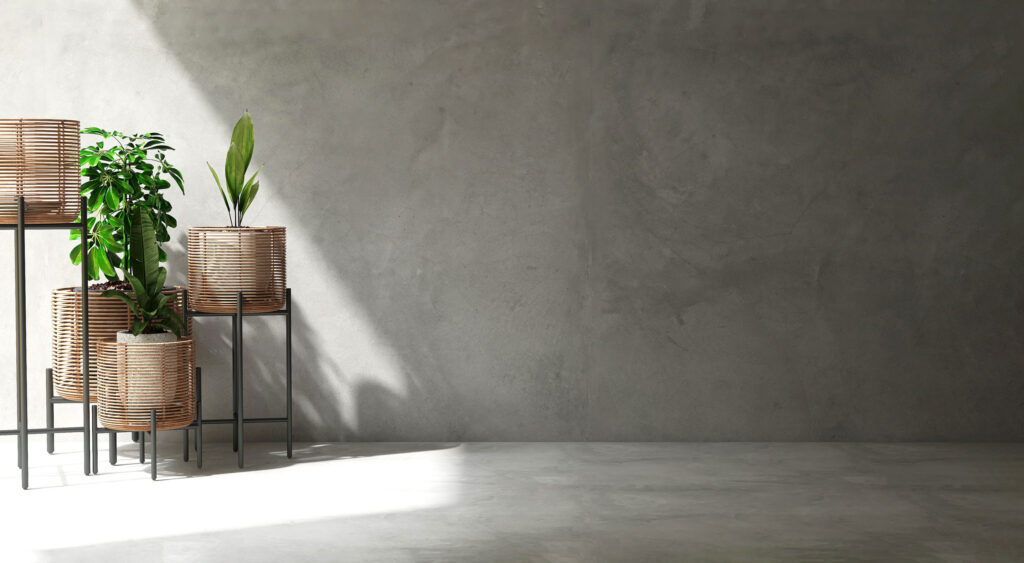How an Ancient Civilization Dealt with Flooring
The typical floor in many modern communities starts with a concrete foundation. Underneath that foundation is usually a bed of gravel that supports the pouring of the concrete. The gravel bed also simplifies the creation of a level foundation, one of the typical demands of any homeowner. While we associate this type of construction with modern buildings, it actually represents an ancient architectural method.
Neolithic Populations and Manufactured Floors
In the pre-historic period, even before people began to make pottery, civilizations in the Near East (including parts of modern Jordan and Israel) made hard floors with lime and gypsum plaster. While some of these ancient plaster floors were built right on top of a hard clay substrate, others were laid on top of layers of gravel or pebbles, much like a modern building! On top of the substrate, the builders laid down an initial layer of plaster mixed with aggregates, again little different from modern concrete. The thin top layer was composed of pure plaster, which was then burnished to make it waterproof against moisture rising up from below. In some cases, pigments were added for coloration. While the end product may have lacked the finish of a modern floor, an ancient builder would likely adapt quite readily to working with any concrete team today!
Takeaways from Ancient Floors
There are two important takeaways from archaeological excavations of ancient flooring. First, the creation of both lime and gypsum plaster required firing limestone in a kiln. Our modern cement-making practices are essentially the same, just on a much larger scale. In fact, archaeologist Gary Rollefson of San Diego State University believes that making plaster building materials may have led to ecological consequences back then, just as cement-making is a contributor to climate change today.
For these ancient communities, about ten trees were needed to make every home. Additional trees were needed to fire the limestone to make the plaster for the floor and to coat the walls. In time, some communities ended up destroying their forests in order to make plaster-lined houses. As a result, the economies of these villages collapsed. All that was left after thousands of years were their well-built plaster floors.
Also, it is notable that making the floors waterproof was a part of their ancient building process. Just as they burnished the surface of the plaster to create a fine finish, today California Custom Coatings can polish your concrete floor to create a beautiful gloss and gorgeous patterns. But we can also take advantage of a modern technology that was not available to the ancients — epoxy coatings. A clear epoxy topcoat not only preserves the appearance and strength of the underlying polished concrete, but it also adds a waterproof vapor barrier. This is an essential benefit for flooring in areas with damp earth.
To learn more about how you can harness the benefits of modernized construction techniques with your concrete floors, contact California Custom Coatings and ask how you can use polished concrete for long-lasting architectural brilliance.
